Guide To Buying Balance Boards
The balance board is meant for balance training while also improving coordination, posture, and core strength. You stand upright in a neutral position on the board, with each of your feet on the outer decks, and tilt the weight from one side to the other by transferring the weight from your right leg to the left and vice-versa.
Product Comparison Table
What To Look for
03/02/2021
Rocker Boards and Wobble Boards are suitable for exercising.



- Rocker boards are great for beginners as they’re easy to control and have just one range of movement. It is a helpful place to start for people who struggle with balance and coordination in general.
- Wobble boards are more unstable, which stimulates the growth of stabilizing muscles. They are for people who are more experienced and have already been doing stability exercises in the past.
Boards are available on a one-size-fits-all basis, but there are some distinctions to look out for.
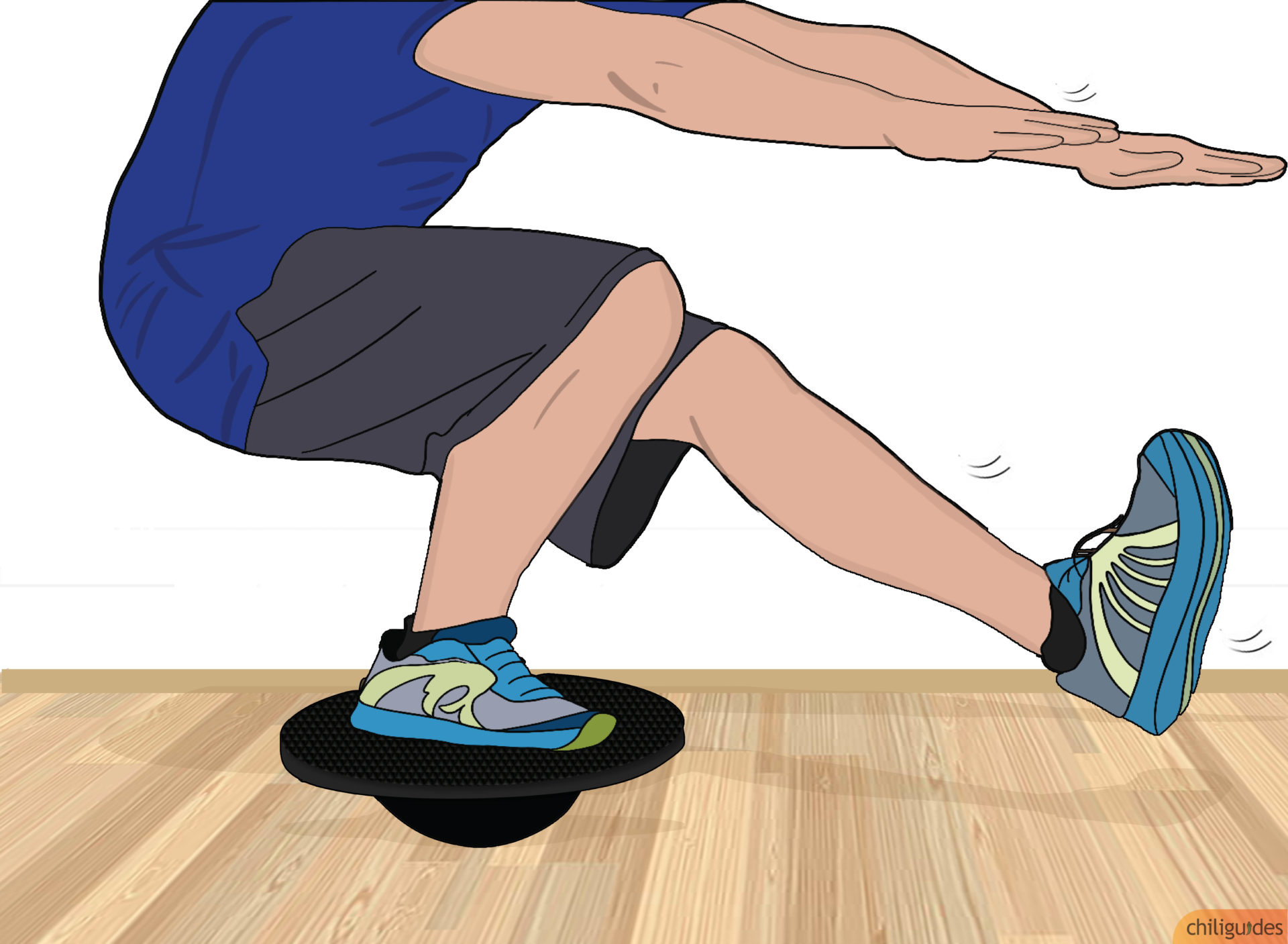


- Most boards are available on a one-size-fits-all basis, but if you’re taller than 6’ go for boards with decks that are long and wide, and if you’re under 6’ opt for boards with decks that are narrower.
- Balance boards that are bigger than necessary will only prove a hindrance to your workout as they will disbalance you much more.
- Boards are also customized and sold to meet the needs and specifications of an individual if needed.
Balance boards are mostly available in wood and plastic variants.
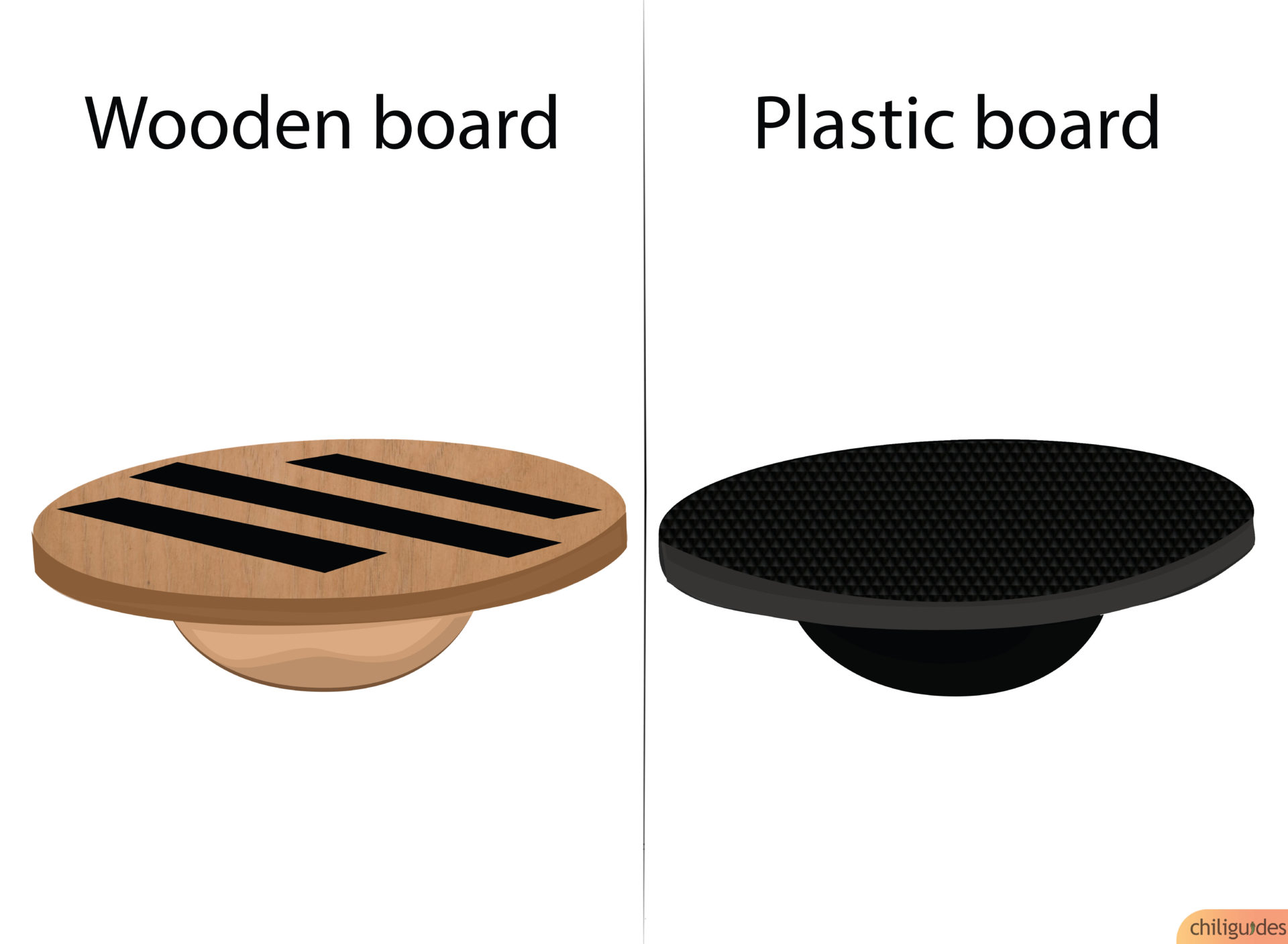


- The plastic board is lighter, cheaper, and usually just as durable as wood but is not environmentally sustainable.
- A wooden board is durable and usually has a better build than plastic, but it is also priced higher than a plastic board. If you intend to use the balance board regularly, it is a wise investment to go for wood over plastic.
Grips let you somewhat control the difficulty.



- Balance boards are available with or without grips. If you’re a beginner or want a smooth workout, you should opt for boards that have veined designs on their surface, as those create more traction.
- If you’re looking to challenge yourself, you can switch up your board by opting for smoother surfaces where the grip isn’t firm and slippage is much more evident.
Top Picks
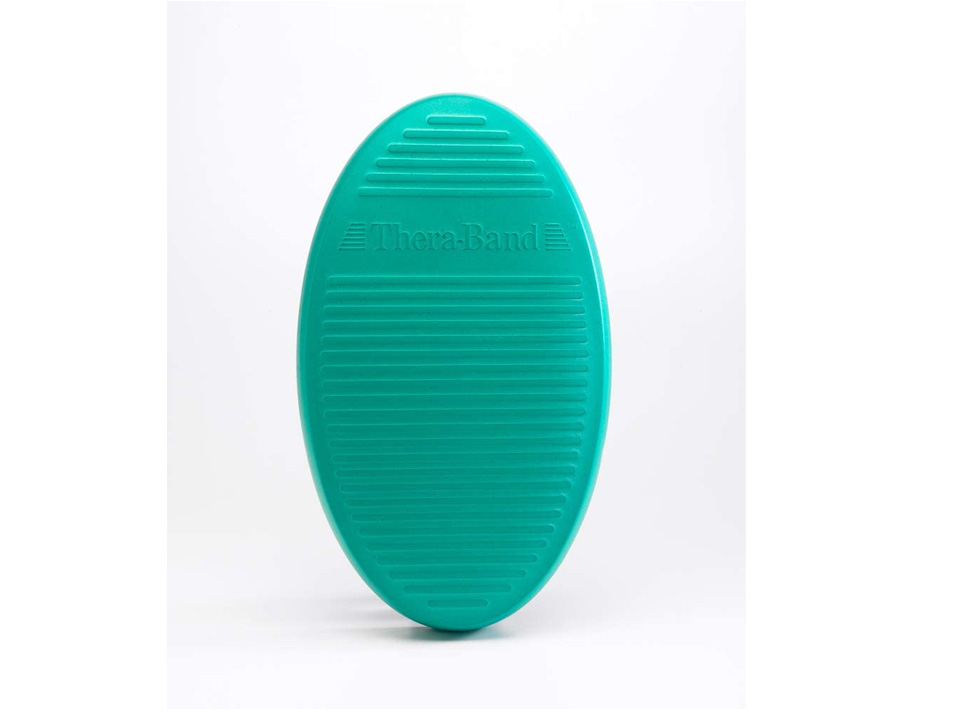


Best Balance Board Overall
Yes4All Wooden Wobble Balance Board
For $25.99
- Tilts upto 15° and rotates 360°
- Non- slip surface
- Lightweight and easy to carry
- Grip tape starts to wear off after repeated use
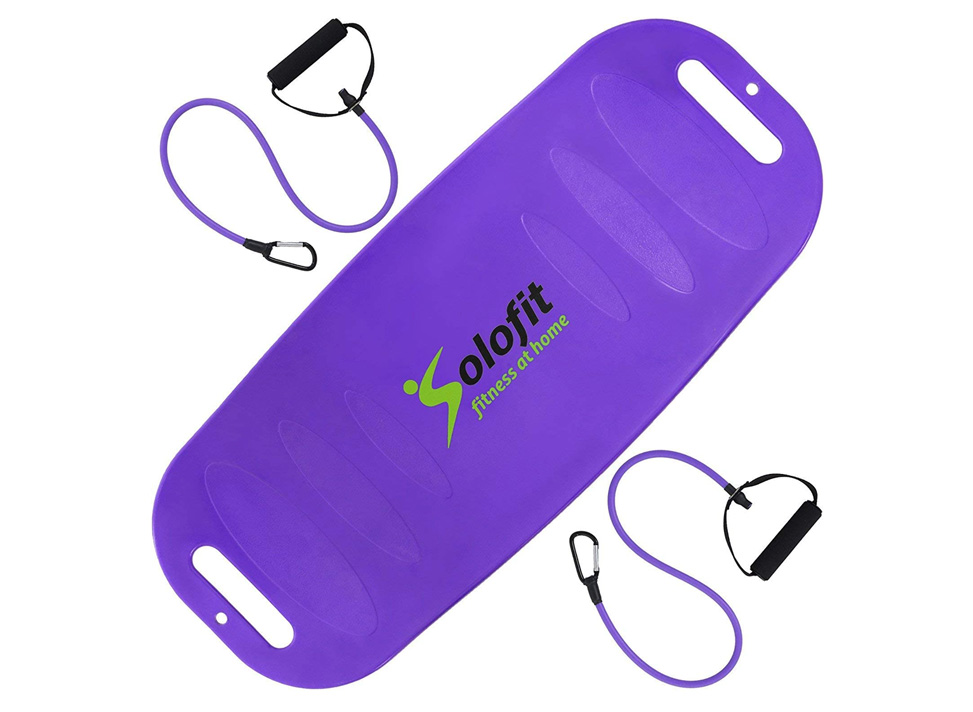


Best Balance Board For Beginners
TheraBand Stability Trainer Pad
For $27.16
- Made of PVC with an anti-slip ridged design
- No rollerblades under the base makes it safe for beginners
- Has rounded points for posture
- Has an odor due to the nature of the material
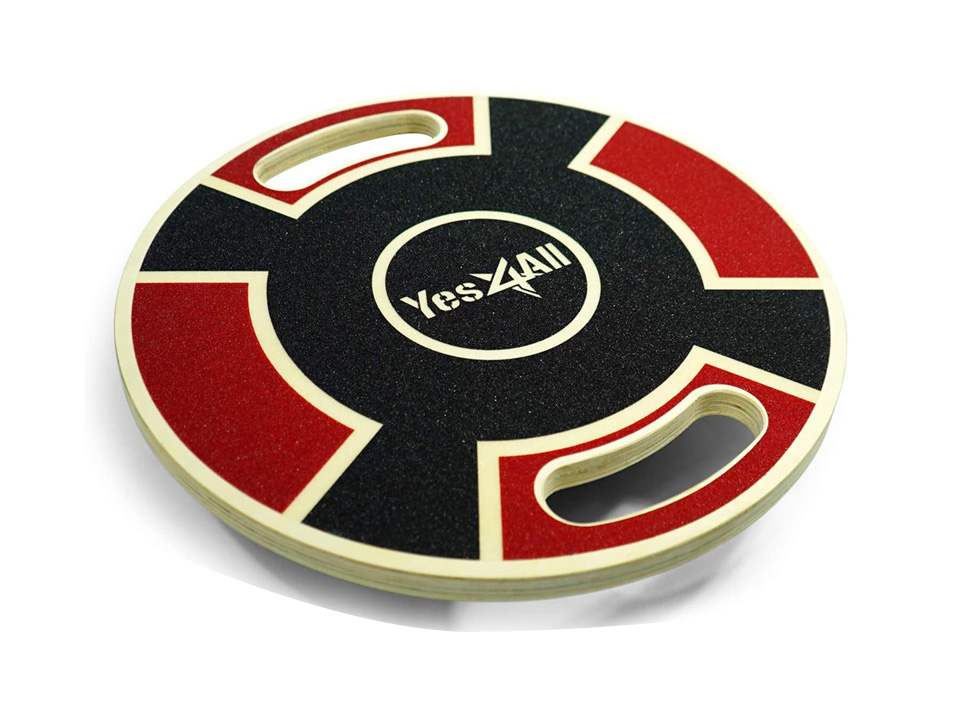


Best Balance Board For Core Strengthening
Solofit Balance Fit Board with Resistance Bands
For $49.99
- Resistance bands let you engage abs
- Made of lightweight ABS plastic with a slip-proof surface finish
- Color options available
- Expensive
Common Questions
Q:Do I need a balance board?
Most CrossFit athletes swear by a good balance board but they are not the only ones who can benefit from it.
- If you are a weight trainer or a powerlifter, you can also use balance boards to supplement your core and ankle strength, which can help during heavy squats or deadlifts.
- If you are a home or commercial gym owner, balance boards are a useful accessory, as they are cost-friendly and their benefits are difficult to replicate.
- Balance boards are tools of rehabilitation, and you can use them to improve your posture and balance.
- You can also use them to strengthen your ankles and other supporting muscle groups to prevent future injuries.
Q:Is there an alternative to balance boards?
You can use an upside-down Bosu ball as an alternative to balance boards, but they are not as challenging and also suffer on the portability front.
Q:What are some Balance board benefits?
Balance boards are generally found in rehabilitation and conditioning environments because they are almost exclusively used to recover from lower-body injuries.
- However, everyone can use them to improve balance, correct posture, strengthen the lower body and core.
- They are especially helpful in recovering from ankle-related injuries.
- Most sportspeople use them to condition their bodies against sports-related injuries.
Q:What are some Balance board exercises?
Some of the balance board exercises you can perform using a balance board (ordered in increasing level of difficulty) are:
- Balancing the boards front to back and side to side
- Mini squats
- Glute bridges
- Planks
- Push-ups
- One-legged squat
Q:Can I use a balance board with my standing desk?
Yes, you can pair balance boards with standing desks to counteract the drawbacks of a sedentary lifestyle.
- A balance board used with a standing desk helps you keep your posture in check and keep your core engaged for the better part of the day. It also helps prevent lower back pain and the onset of spondylitis.
- However, remember to choose a board that doesn’t require a lot of effort, thus distracting you from your work. If you are over 6 feet, you will find a bigger board more comfortable.
Q:How do I use a balance board?
A balance board is very basic in its application.
- You just need to stand on it with your feet shoulder-width apart and try to balance yourself while rocking forward and backward.
- As you progress, you can incorporate slightly difficult exercises like mini squats or one-legged squats.
- If you want to target your upper body, you can place the balance board under your hands and use it to perform push-ups and planks.
Q:What are some drawbacks of balance boards?
The biggest drawback of balance boards is ironically also one of the reasons it’s such a great fitness tool:
- It requires you to balance on an unstable surface, thus making it unsafe for people suffering from balancing issues due to lower back or ankle injuries.
- Therefore, you should never use a balance board for rehabilitation purposes without the guidance of a medical professional.
Q:Can I use a balance board to train abs?
- Yes, you can use a balance board to train your abs. Although, using a balance board normally keeps your core engaged anyway, you can perform additional exercises to help further target your core and build your abs.
- Some popular exercises are:
- Balance board planks
- Balance board mountain climbers
- Balance board squats
Online Sources:
- 1. https://www.wodfitters.com/pages/the-definitive-guide-to-balance-boards#Purchasing
- 2. https://www.si-boards.com/board-buyer-guide-s/1516.htm
- 3. https://uncagedergonomics.com/blog/how-to-choose-the-best-balance-board-for-your-ergonomic-workspace/
- 4. https://www.balancetrainingforum.com/how-to-choose-balance-board
- 5. https://www.fitandme.com/balance-board-exercises/

